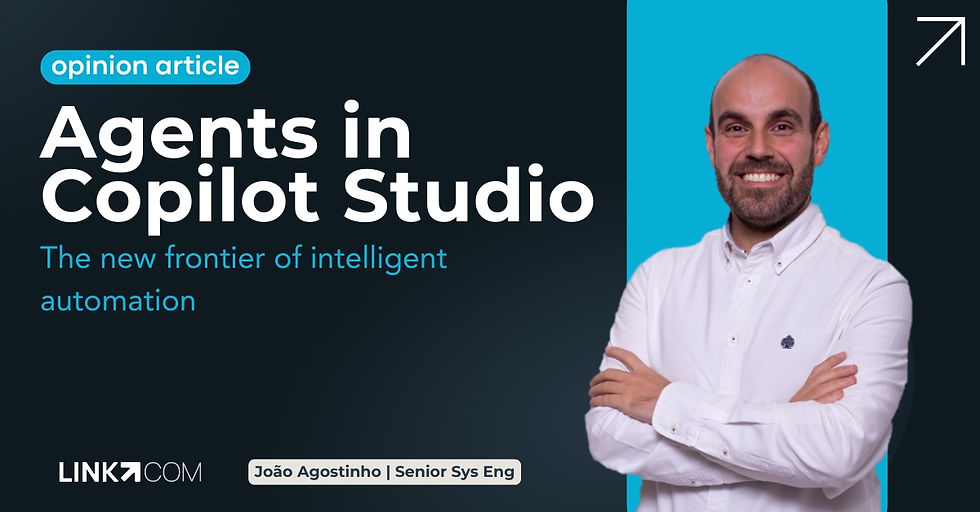Legacy systems and virtualization: preserving data with intelligence and compliance
- leonorgoncalves48
- Jul 29
- 2 min read

At a time when digital transformation dominates organizations' agendas, legacy systems continue to play a silent but critical role.
Often forgotten after a technology migration or platform change, these systems contain essential historical information, whose continued access is often required by legal, tax, or regulatory imperatives.
The challenge? Ensuring the preservation and accessibility of this data over time, without compromising security and integrity, or overloading the infrastructure with outdated technologies. Virtualization emerges as an effective, scalable, and sustainable solution.
Virtualization as a preservation strategy
Virtualization allows you to encapsulate legacy environments, operating systems, applications, and databases into isolated virtual machines that can be run on modern hardware whenever needed. This process ensures the continuity of information in its original format, avoiding the risks inherent in migrating sensitive and complex data.
Let's look at a specific case.
SAP R/3 Data Preservation in a Solaris Environment with Oracle
A Portuguese company with several decades of operation used SAP R/3 as its core management system for years. It ran in a demanding technical environment: the Solaris operating system and the Oracle database, supporting areas such as finance, production, human resources, and supplier management.
With the migration to a newer version of SAP, the need arose to maintain access to historical R/3 data for legal reasons—a common requirement in regulated industries, where retention periods can exceed 20 years. Migrating the entire data to the new system proved technically risky and economically unfeasible. Furthermore, maintaining the original hardware, legacy licenses, and specialized skills would be unsustainable in the long term.
The solution was clear: virtualize the legacy environment. Virtual machines were created that precisely replicated the original Solaris servers, including SAP R/3 and the Oracle database. These VMs are stored on a modern virtualization infrastructure (such as VMware ESXi or Oracle VM), ready to be activated on demand whenever historical data is needed.
What are the strategic benefits of virtualizing legacy systems?
This model brought clear and measurable benefits:
Preserving data integrity: Data is kept in its original context, avoiding losses or inconsistencies associated with migrations.
Security and compliance: Access to the virtualized environment is controlled and auditable, in line with privacy and information security requirements.
Reduced costs and complexity: The burden of maintaining obsolete hardware or discontinued software is eliminated, with much simpler technical management.
Responding to audits and legal requirements: The ability to quickly access past data with complete reliability ensures compliance with legal and regulatory obligations.
Managing legacy systems isn't just a technical issue; it's a matter of strategy and responsibility. Ignoring them can compromise the organization's ability to respond to audits, litigation, or legal requirements. On the other hand, keeping them operational with outdated resources is unsustainable.
Virtualization offers a smart middle ground: it maintains data accessibility and integrity, reduces operational and financial risks, and prepares the organization to respond quickly to future challenges.
At Linkcom, we've helped several companies successfully implement this approach — because preserving the past remains a fundamental part of building the future.





Comments